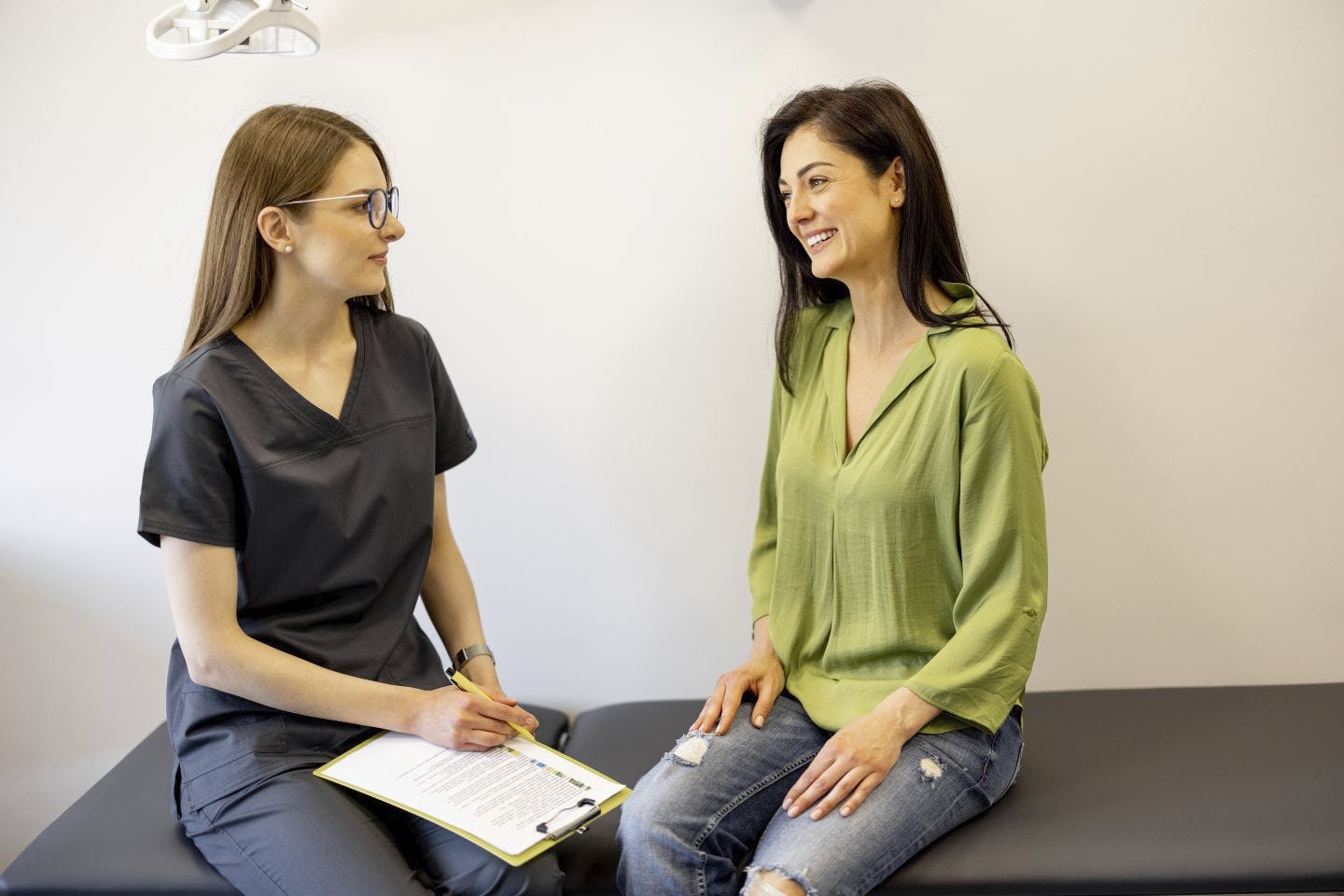
Patient education is an integral component of physical therapy and plays a crucial role in empowering individuals to take an active role in their rehabilitation and overall health. Here's how patient education is incorporated into physical therapy:
- Understanding the Condition: Physical therapists educate patients about their specific condition or injury, including its causes, symptoms, and potential risk factors. By understanding their diagnosis, patients are better equipped to participate in their treatment plan and make informed decisions about their care.
- Treatment Options: Physical therapists discuss various treatment options available for the patient's condition, including therapeutic exercises, manual therapy techniques, modalities (such as heat, ice, or electrical stimulation), and other interventions. They explain the rationale behind each treatment modality and collaborate with patients to develop a personalized plan that aligns with their goals and preferences.
- Exercise Program: Patient education in physical therapy often involves teaching patients how to perform prescribed exercises correctly and safely. This includes demonstrating proper exercise technique, providing written or visual instructions, and guiding patients through supervised practice sessions. Patients learn the importance of consistency and adherence to their exercise program for optimal outcomes.
- Pain Management Strategies: Patients receive education on pain management techniques, including self-care strategies such as ice or heat application, positioning techniques, relaxation exercises, and stress management techniques. Physical therapists may also discuss the role of medication, modalities, and other interventions in managing pain effectively.
- Activity Modification: Physical therapists educate patients about modifying activities or modifying their environment to accommodate their condition or injury. This may involve recommending modifications to work tasks, recreational activities, or sports participation to prevent exacerbation of symptoms and promote safe participation.
- Home Exercise Program: Patients are instructed on how to perform exercises independently at home as part of their home exercise program. Physical therapists provide detailed instructions, written materials, and any necessary equipment to support patients in completing their exercises effectively between therapy sessions.
- Prevention Strategies: Patient education in physical therapy often includes discussions about injury prevention strategies, including proper warm-up and cool-down techniques, stretching exercises, strength training, and balance exercises. Patients learn how to incorporate these strategies into their daily routine to reduce the risk of future injuries or recurrences.
By providing comprehensive education, physical therapists empower patients to take ownership of their health and well-being, make informed decisions about their care, and actively participate in their rehabilitation journey for optimal outcomes.
